Envisioning an Art Ecology
Writer and landscape architect Diane Hellekson outlines a dynamic model for thinking about cultivation of the arts in Minnesota -- specifically, she makes the case for seeing the health of state's arts and artists in ecological rather than economic terms.
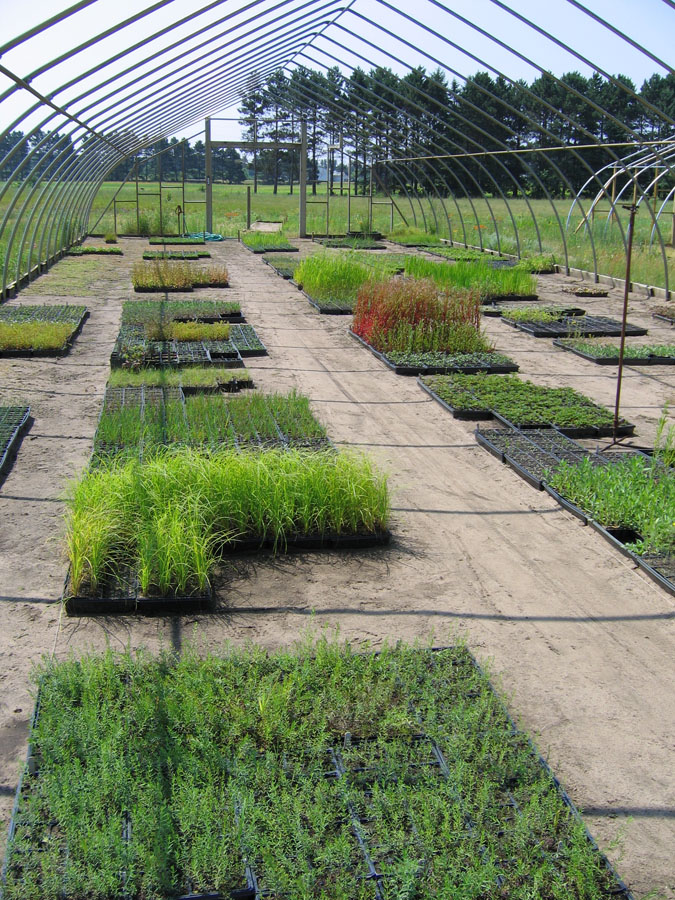
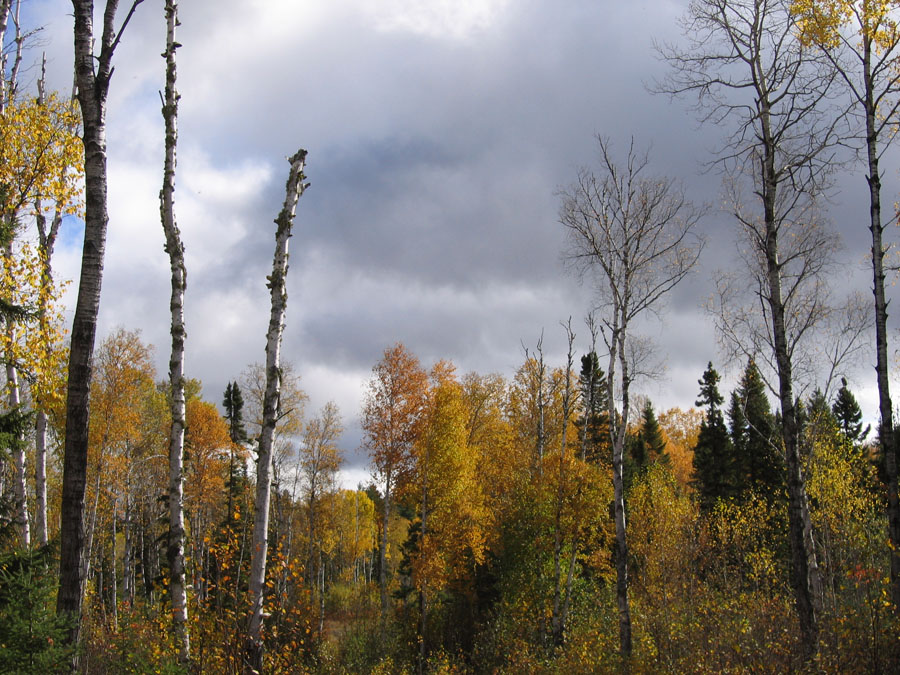
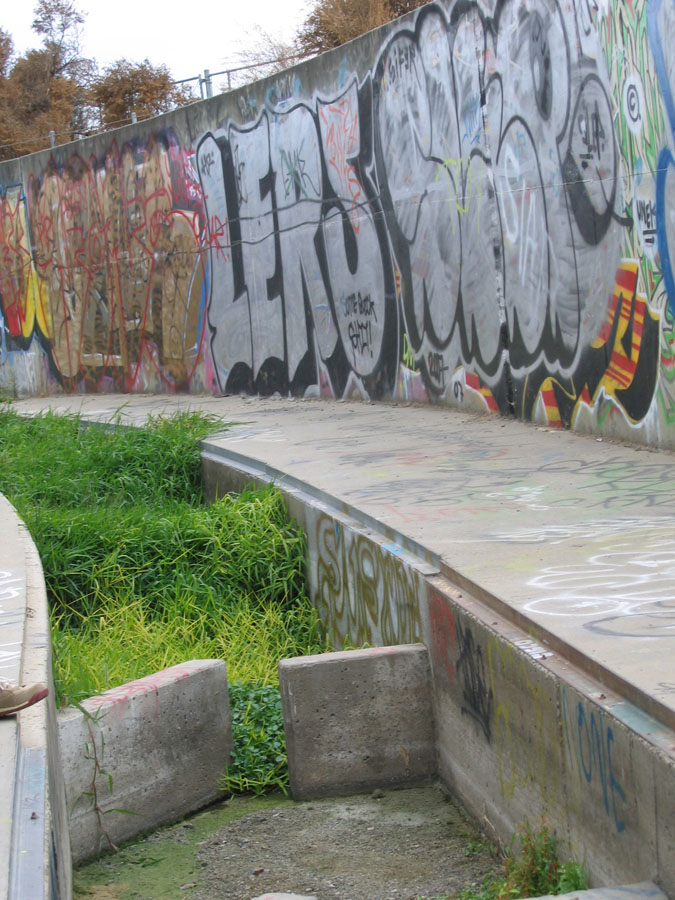
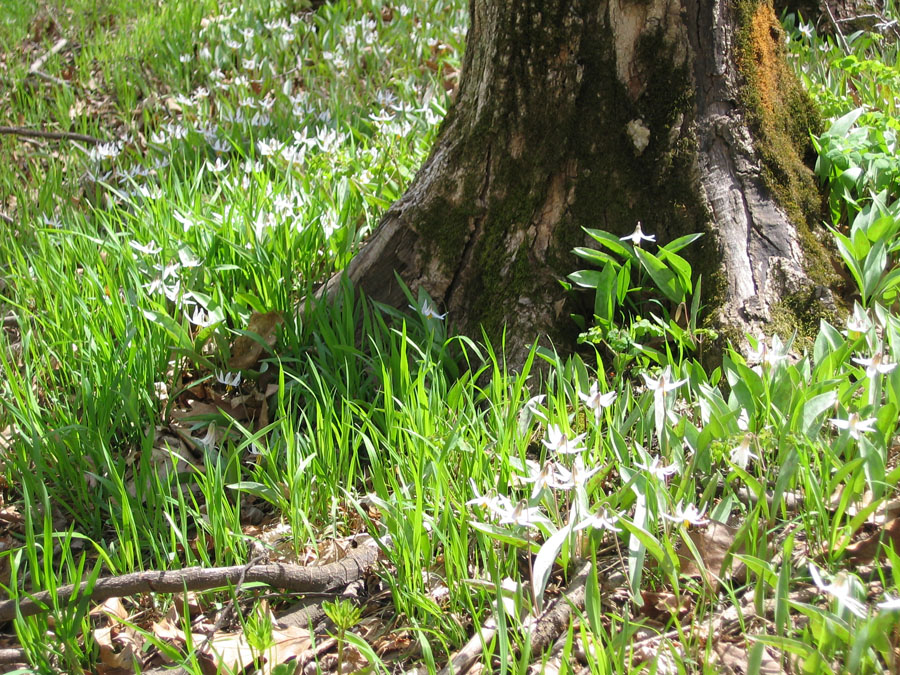
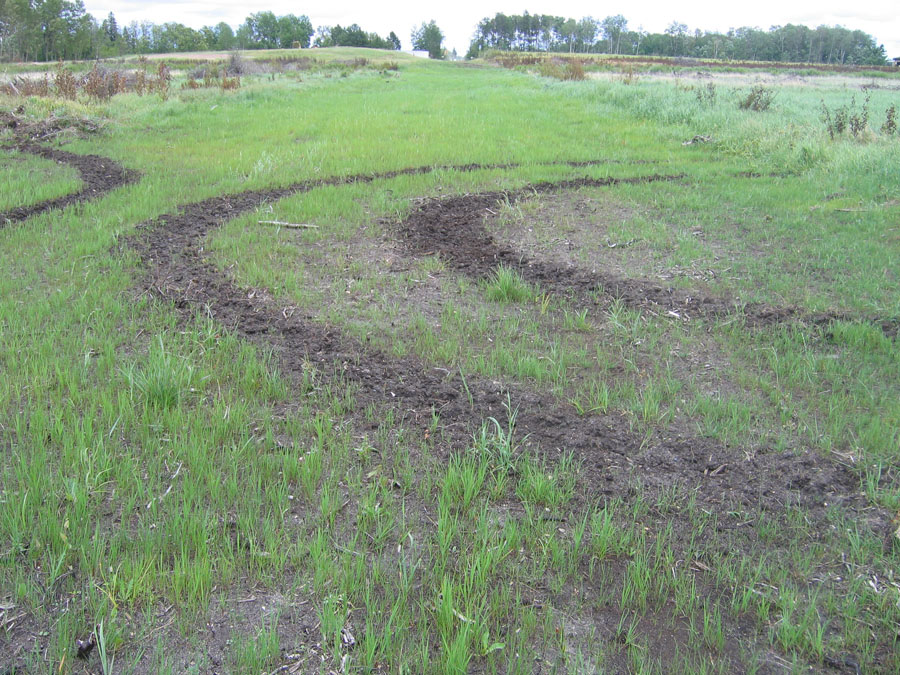
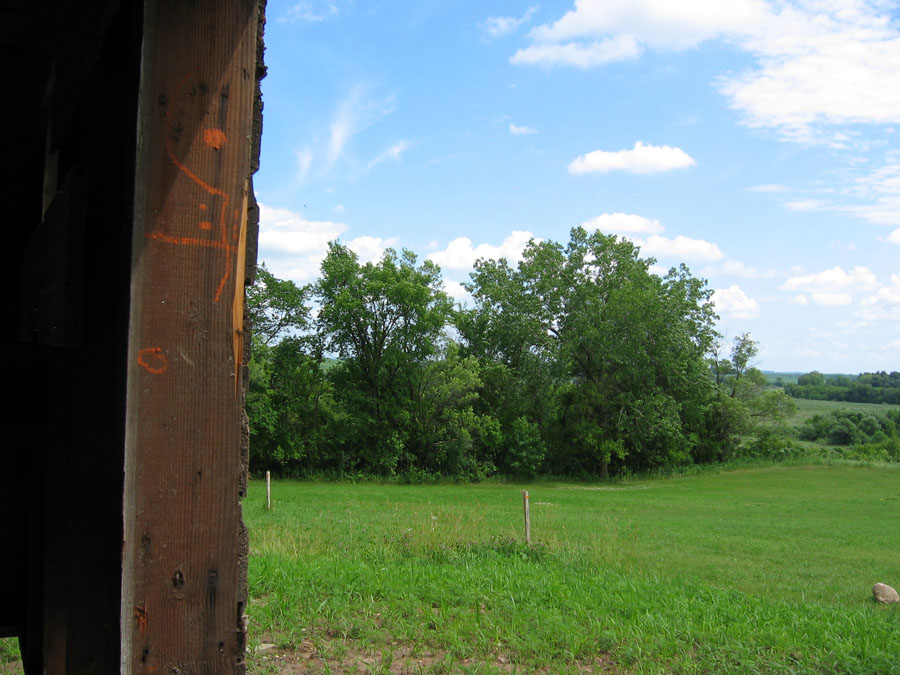
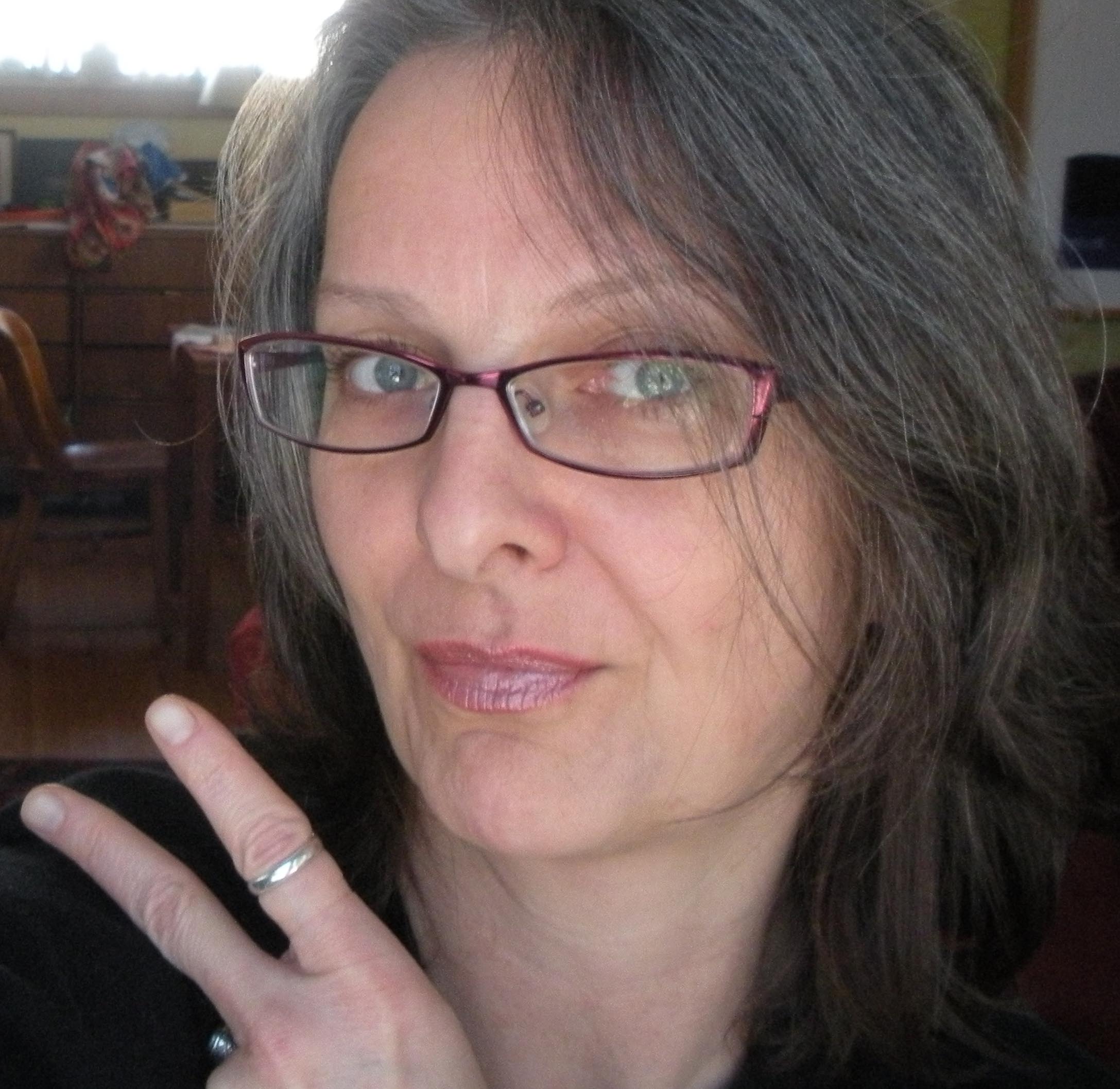
START PONDERING THE CONNECTIONS BETWEEN ART AND ECOLOGY, and you find yourself confronting a complex web, which, depending on your point of view, could look like a stairway to heaven (where art and the rest of life seamlessly connect) or a deathtrap, where good work goes unrewarded, unseen, unappreciated.
Might either one of those descriptions match your view of the Minnesota art community?
Ecology, the study of how organisms interact with one another and with their environments, works on a small scale (a family of fruit flies in a bowl of bananas) and on a stage as large as the planet. Ecology helps us understand events of short duration (the itchy result of old tires, a rainy weekend, and mosquitoes) and those that occur over the course of millennia, reminding us that organisms don’t adapt or evolve for the heck of it; they change in response to the resources and challenges in the world around them.
It’s not a stretch to see the state’s art scene — and its national and international counterparts — as an ecosystem similar to those found in the natural world, thriving, adapting, or collapsing in response to the forces around it.
The initial temptation is to view an art ecology in purely economic terms: resources equal money, a font of private and institutional collectors that artists thirst for. The other big economic resource pool — grants, fellowships, public art commissions — could be seen as simply a response to the lack of commercial market. The moneyed culturati in our small towns largely eschew conspicuous or controversial consumption — that is, buying lots of art — especially if the work hasn’t been validated by a coastal megalopolis. But even conservative-minded citizens often feel good about giving money to foundations that support art, or institutions that present it; this public support creates another sort of market, and a big player in the supply and demand game.
However, in an ecological model, resources are more complex than money. For critters in nature, this means not just food, but water, shelter, and breeding sites. Resources encompass the lay and texture of the land, a vantage from which to see what you want on the ground, a thorn or barbed wire on which to mount your prey. Likewise, artists need ideas, studio space, and gathering places where sympathies meet; they require devil’s advocates and the sort of fruitful happenstance that can spur the next excellent sculpture.
While collectors are scarce in these parts, other resources are not. The aforementioned grants keep scores of artists solvent. A couple of fine museums and a lot of good schools contribute to building both a wider dialogue and an educated audience. A host of artist-occupied buildings punctuate the urban landscape, and idealistic galleries pop up like blooms in far-flung oases. (For-profit galleries, alas, are as scarce these days as alpine milk-vetch.)
The trouble with resources — and potentially supportive cohort organisms — is that their effectiveness often lies in their distribution, and in how they behave in relationship to one another.
All those not-for-profit galleries — Soo Visual Arts Center, Soap Factory, Art of This, for example — exist in their own orbits, geographically separate and, according to artists, serving distinct and separate populations. The larger institutions present a wealth of good work, but it’s primarily made by artists from elsewhere. Museum opportunities for local artists do occur occasionally, but the most visible venue, the Minnesota Artists Exhibition Program (MAEP) at the Minneapolis Institute of Arts, last year imposed a new chain of command that infuriated many artists because, as they see it, the reorganization effectively reduced their curatorial power. The large art institutions are, on the one hand, a primary resource for regional artists — mounting shows, offering exhibition and education opportunities. But these organizations also are competitors for resources, and thus viewed by some artists as predators who gobble up more than their share of available pools of money and, more broadly, of collectors themselves. In the belly of the institutions, collectors are trained to favor “exotic species,” if you will — New York-based and European artists, in particular. (Outsider species throw native ecologies for a loop. Buckthorn, garlic mustard, reed canary grass are some of our area’s nemeses, crowding out indigenous plants rather than cooperating with them.)
______________________________________________________
The nonprofit galleries that manage to thrive, and the hardy neighborhood arts communities that beat the odds, function more as isolated microclimates than as part of a coherent, critical mass.
______________________________________________________
Apart from the availability of resources, disturbances are critical contributors in ecological communities. Some plants, for example, require not just water, substrate, and nutrients to thrive, but also periods of drought, or even a rip-roaring fire. Jack pine cones, for instance, lay in wait for years until stimulated by fire to open, and only then do they germinate. Our Midwestern prairies would have been woodlands without the occasional blaze to clear out the riffraff (that is, most trees and shrubs).
Just as it can be hard to see a devastating wildfire as merely a push of the ecological re-set button (post-fire, a forest initially looks more destroyed than reborn), it’s sometimes hard to accept as fruitful the larger disturbances in the art community. Has the economic recession been good for art? Excepting the occasional laid-off banker who found her calling as a printmaker, probably not so much. Given that most artists aren’t particular beneficiaries of an up economy, their art-making may not suffer much from a downturn either; though, like everyone else, their non-art livelihood certainly might.
Look back to another disturbance, in 1990, when the Target Center landed downtown. Like an alien occupier, its arrival drove out decades of accumulated history in the urban core, displacing artists, studios, galleries, bars, and habitual gathering places. (Anyone who thinks the New French was just a bar must never have spent a Saturday night seated at one of its sidewalk tables — or on the sidewalk — before the parking ramps went up, blocking both the view of the sunset and that lovely sense of possibility.) Granted, even without the Target Center, the sluggish economy might well have diminished the scene in time; but we’ll never know how that neighborhood might otherwise have adapted organically, without the intrusion, during the past two decades.
When the downtown climate became inhospitable, the Northeast Minneapolis scene arose from the ashes, and St. Paul’s long-lived Lowertown neighborhood hung on. The Midway area of St. Paul has also become an arts hub in recent years (artists being the fruit flies to real estate’s old banana); certain small towns (Lanesboro, New London, and Maiden Rock/Stockholm, Wisc. come to mind) have also developed thriving arts communities. But, like the nonprofit galleries, these communities function more as isolated microclimates than as part of a coherent, critical mass. One artist complains that the density of, for example, the California Building in Northeast is less effective than it appears, with many of its studios functioning primarily as storage facilities for academics, or as would-be markets for Sunday painters. Similarly, the much-vaunted art crawls, with their throngs of casual browsers (another invasive species?), offer little more than a friendly veneer.
A national study by the Urban Institute recently found that, while 96 percent of those surveyed said they valued art — found it moving or inspiring — only 27 percent valued artists. That’s a searing disconnect between the product and the producer. “Society perceives making art as frivolous or recreational,” the report concludes. “Many artists report that people … have no sense of what artists’ time or products are worth, and often expect them to donate both for nothing.”
But art, like a nice clump of sumac, doesn’t succumb to inhospitable surroundings; in some species, a tough habitat spurs growth. The ultimate adapters, artists become entrepreneurial when the going gets tough, mounting shows in unsold condos and beauty salons, and in DIY shanties on frozen lakes. They throw rent parties that seem like performances. They teach, even if that takes them away from their art-making for months on end. Other artists go public, seeking to find a meaningful dialogue with neighborhoods, agencies, and funders — aiming to win over that 27 percent — while retaining their native voices.
Web technology, one of the biggest shifts in the landscape in the last few decades, has, on the whole, not inspired change in the art itself (evolution being a much slower process than adaptation). But many artists use the web as a propagule dispersal system, if you will, in which artists send out their “seeds” to catch in some fertile niche: a dialogue, an exhibition opportunity, a sympathetic collaborator. Still, no mnartists.org or trail of Facebook threads can replace the ferment of day-to-day conversation. Geography still matters.
______________________________________________________
To see a way past the gaps in the system, consider two scenarios for the local art ecology.
I. Those who wish to remain in the dollar economy of art must see their community no longer as a natural system, but as a garden. This is how many ecologists have come to view our forests, wetlands, and prairies, which have been irretrievably altered by human disturbances. Climate change and other factors are doing away with certain species and diminishing, if not destroying, entire plant communities. Therefore, preserving and restoring natural communities, and satisfying the food webs that occupy them, requires major interventions, often involving aggressive management, including herbicides.
Similarly, when artists are undervalued, and the cultural values are such that artists are not a viable part of the market, an “artificial” system, a greenhouse of sorts, is required. This, in essence, is what the grant and fellowship system strives to achieve, with institutions like Bush, McKnight, Jerome, Minnesota State Arts Board (MSAB), and Forecast serving as gardeners, conferring value and resources to cultivate Minnesota’s artist population; taxpayers and philanthropists supply soil or fertilizer. And now, a new rush of nutrients has occurred, in the form of state tax revenue: the 2009 Clean Water, Land and Legacy Amendment, a “quality of life” tax, which has resulted in an unprecedented increase in funds flooding state arts (and environmental) coffers. The Amendment’s Arts and Cultural Heritage Fund, funneled though the State Arts Board, has already dispersed twice the expected grant dollars (a total of $1 million in fiscal year 2010) awarded to individual artists, according to MSAB. This is in addition to the $6 million in extra operating support granted to institutions (again, double what was slated) and $6.3 million distributed to regional arts councils.
______________________________________________________
Like holy men who need churches (or TV networks), plenty of committed artists remain caught in the paradigm of culture-as-market-system, burdened by expectations that can sour their accomplishments and harden their hearts.
______________________________________________________
No matter how you feel about the fairness or effectiveness of a state-run system for arts support (and plenty of artists do see taxpayer funding as an insular dead-end, encouraging predictable, thornless flowers), it is one reason the region boasts such a wealth of artists. The most entrepreneurial artists — ecological generalists — tend to thrive, adapting to the available resources, which favor public and other palatable (not to say bland) art. The trouble comes for artists whose work doesn’t suit the tastes of the culturati, as during the disturbance we remember as the “Culture Wars” of the 1990s, which muzzled the National Endowment for the Arts and is still influencing art and funders today.
II. For those content to practice on faith, the ecological scheme offers another path. It’s more radical and, if you’re a glass-half-full sort of person, most promising: the stairway to heaven. In both the natural sciences and landscape architecture, it’s become unfashionable to think of ecology and culture as separate entities. The urge to consolidate these categories harkens back to the time before art had a name, before agriculture and industrialization drew lines between humans and the larger world around them. Today, though we may not feel united with nature, we are increasingly aware that we are inextricably bound to it. The world has gotten so tight and human influence so large.
A large chunk of art and artists may need to break off the iceberg, eschew the current support systems, and start developing something else. You could call it building a new community and a new kind of market or, more simply, returning to art’s roots. This sort of art, whose value isn’t tied to the economy, exists now in a handful of hardy microclimates, some populated by young idealists who fit their art into political protests or by those who see art as part of daily life and not necessarily divorced from craft or design. In this scenario, art is not necessarily guaranteed monetary reward, but it is valued all the same, as inevitable as eating. The blooms might not be so grand, but they are frequent, and the line between artist and audience is softer.
Of course many artists of all ages already work in this way; for them, art is a calling, not a career path. Still, like holy men who need churches (or TV networks), plenty of committed artists remain caught in the paradigm of culture-as-market-system, burdened by expectations that can sour their accomplishments and harden their hearts. The missing piece is not only money, but also affirmation and recognition.
Such validation seems to be built into the Art Shanty Projects, a bootstrap perennial blooming of multidisciplinary art and community for four weeks in the dead of winter. Yes, some public and foundation money does support the shanties, but the energy is internally generated. Imagine the momentum and influence of an art shanty project that went year round and all-around, with painters, knitters, dancers, and sculptor-performers all feeding off each other, attracting passersby who become participants. It’s the promise of symbiosis in a cold climate.
If this sounds like a recipe for a creative free-for-all — unvetted art-dreck with a touchy-feely undercurrent — well, maybe. But even so, the artistic fizzle is still fodder for robust critical response: post-Artpaper, post-ARP!, a manifesto on a wall, an online broadside that ruminates and spews. The nutrients, the waste, and the flower cannot exist without each other.
*****
Sometimes, even now, the two scenarios cross over, and the civic art greenhouse recognizes an artist who practices only for love, where the financial reward is a useful surprise rather than part of a five-year plan for professional development. That is a beautiful moment.
The vision: to extend that moment beyond serendipitous happenstance, so that the riches behind the scenes burst to the edge of the stage into a profusion of relevance and delight. When the Legacy Amendment tax (all three-eighths-of-one-percent of it) expires in 2034, will the gardening public marvel at the blooms that emerged over the previous 25 years and instate a new way to compensate artists for their work — perhaps a lasting support system based on shared values?
If that sounds good to you: Lick your finger, hold it in the wind, and then get to work.
I am grateful to the following individuals who inspired and informed this article: Doug Padilla, Camille Gage, Jack Becker, Mike Hazard, Elliot Hughes, Peter Morales, Alexa Horochowski, Lynn Wadsworth, Mike Vye, Frank Gaard, Suzanne Kosmalski, and Jim Ockuly
The Urban Institute study is available online >>
Diane Hellekson practices landscape architecture, writing, and yoga in St. Paul.